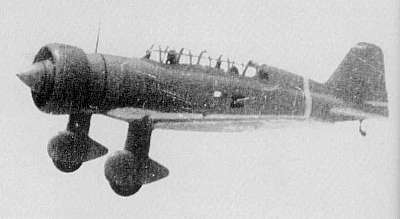Wild_Bill_Kelso
Senior Master Sergeant
- 3,231
- Mar 18, 2022
With the sole exception of the D4Y we haven't found a succesful operational single used as a bomber. It isn't that it can't be done, it's that it is not a logical use of resources. Two engines get you a far better bomber, and if you want a tactical aircraft you can use a current or slightly older fighter. Tactical aircraft don't need the range. Range and bombload involve trade-offs for a single which leave you in Battle, Ki-30, Ki-32 territory. Where singles had to be used, at sea, even the bigger engines didn't give the TBM or SB2C the kind of speed that beat a pursuing fighter.
Things I've found looking around at what could be done;
Ki-30 and Ki-32, with their fixed gear, were just as fast, or do I mean slow, as the Battle.
The proposed Ju187 with it's Jumo 213 was no faster than Ju87D. And every Jumo could have powered a 190D or half a Ju88G
Once jabos came in the idea of single-engine specialist bombers disappeared except for tactical aircraft and carrier-borne types. And the F-105.
Well, there is the A-36, though of course it's basically a fighter modified into a bomber (with dive brakes). In terms of those pre-war Japanese pre-war planes there is also the Ki-15, which (according to Wiki) made 300 mph with a ~640 hp engine and fixed landing gear. It's a recon plane but could carry a 550 lb bomb which is plenty.

Mitsubishi Ki-15 - Wikipedia
The D4Y probably would have done better if it had more fighter escort by the time it appeared. The B6N made 300 mph as well, but again came out too late. Both aircraft were delayed by getting the engines sorted out. If you put something like a Merlin engine in an airframe like that in the late 30s you could have had a good fast bomber, conceivably. The B7N was even faster at 350 mph and certainly could have been an effective naval bomber if it had come out earlier.
There is also the Su-2 which managed (again, allegedly) 300 mph when they put a Sh-82 engine on it.
And there are all those successful single-engined fighter bombers, which we know could go quite fast compared to most bombers (not, obviously while carrying bombs). I think those stand as proof that you could make a single-engined fast bomber.
We know nobody really pulled this off, with the possible exception of the A-36, no truly effective fast bomber showed up in time to make even a small difference in the war. The question here is I think, could it have been done.
